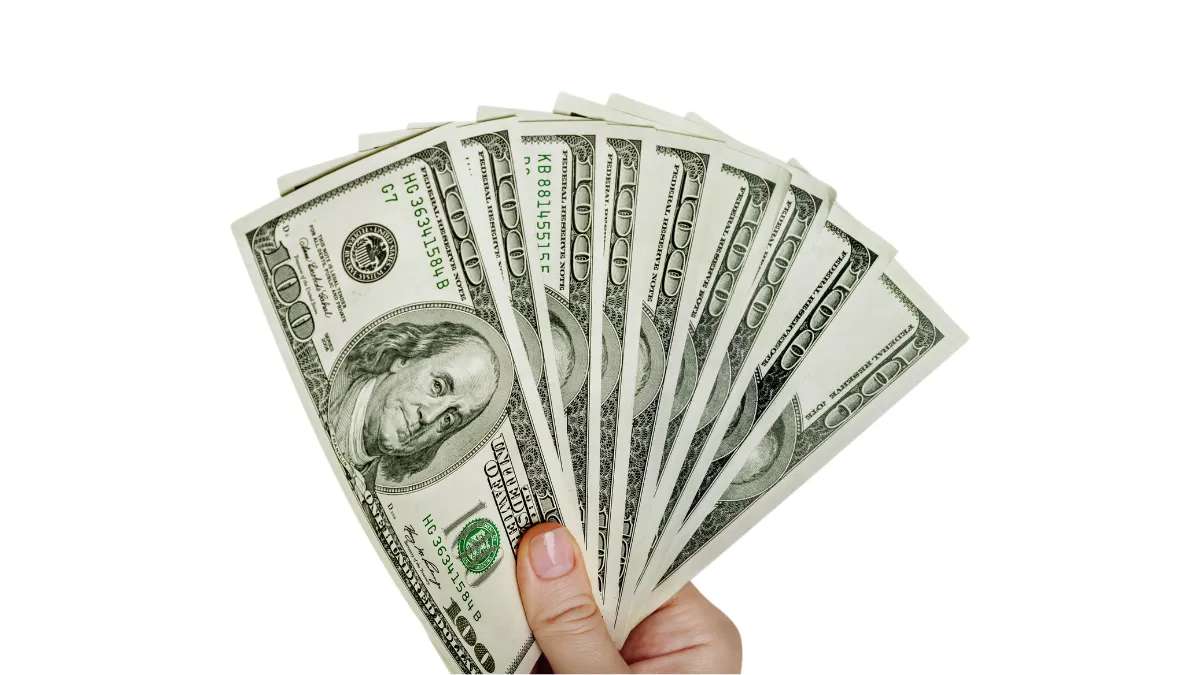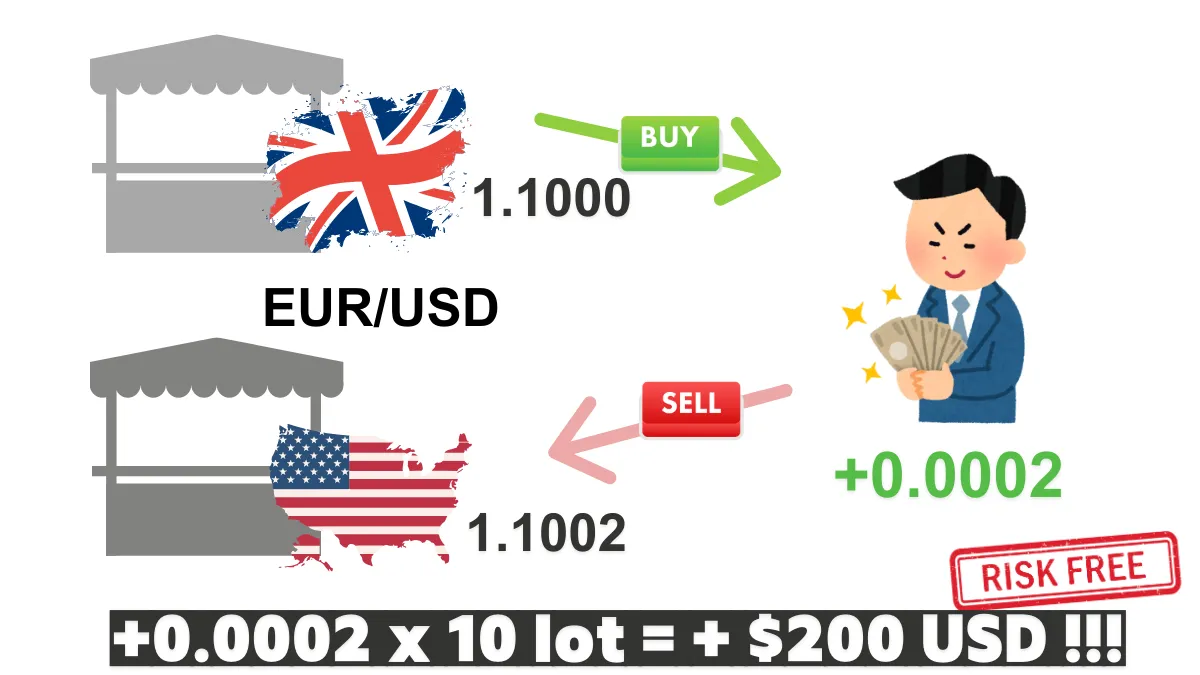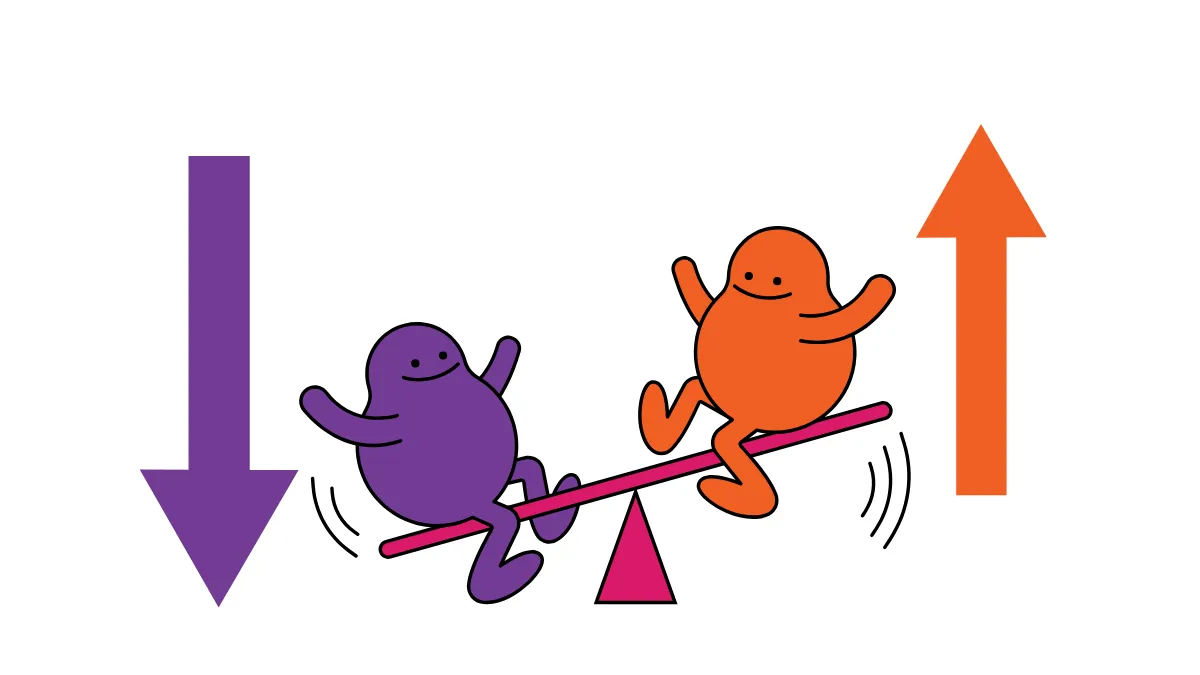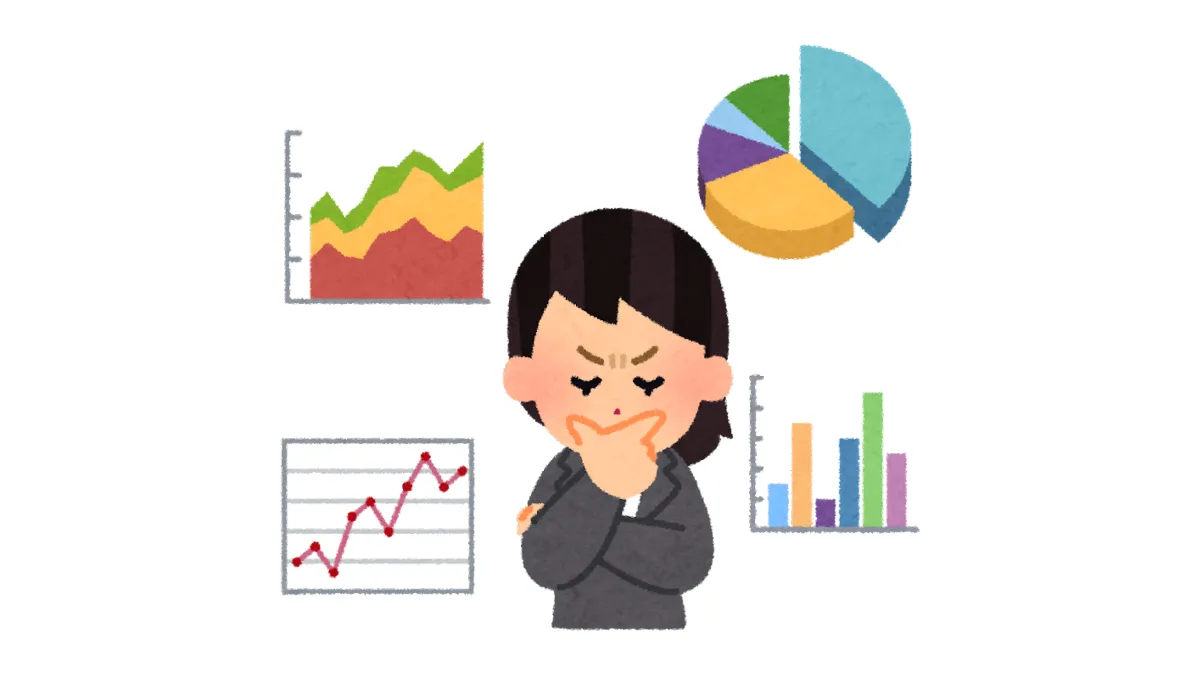What is a Forex Currency Pair? A Simple Explanation for Beginners
When you hear "forex trading," the first thing that might come to mind is the currencies of different countries, like the US Dollar, Euro, Japanese Yen, and so on.In the forex market, we don't trade single currencies, but rather "currency pairs" composed of two currencies.
This might sound a bit abstract, but don't worry, it's one of the most fundamental and important concepts in forex trading.
This article will explain what a currency pair is in the simplest and most understandable way.
1. What is a Currency Pair? The Exchange Rate Relationship Between Two Currencies
Imagine exchanging foreign currency before traveling abroad. You would be concerned about "how many Japanese Yen can one US Dollar buy" or "how much is one Euro worth in US Dollars."This is actually comparing the value of two currencies.
A "currency pair" in the forex market is an extension of this concept.
It is always composed of two different currencies and represents the relative value between them.
The quote you see in the forex market, for example, EUR/USD = 1.1000, is saying "1 Euro can be exchanged for 1.1000 US Dollars."
2. The Structure of a Currency Pair: Base Currency vs. Quote Currency
The notation for a currency pair always has a fixed format, for example, EUR/USD:- The currency on the left of the slash (EUR) is called the Base Currency. It represents the "product" you want to buy or sell.
- The currency on the right of the slash (USD) is called the Quote Currency. It represents the "unit of price" used to measure the value of the base currency.
So, the quote EUR/USD = 1.1000 tells you: to buy 1 unit of the base currency (Euro), you need to pay 1.1000 units of the quote currency (US Dollar).
Understanding which is the base and which is the quote currency is very important because it determines how you view the value change of the pair.
3. Currency Codes: The Universal Language of the Market
You'll notice that currencies are represented by three-letter codes, such as USD (US Dollar), EUR (Euro), JPY (Japanese Yen), GBP (British Pound), CHF (Swiss Franc), AUD (Australian Dollar), CAD (Canadian Dollar), etc.These are codes established by the International Organization for Standardization (ISO) and are the universal language of the global forex market.
4. Types of Currency Pairs: Where to Start?
There are many currency pairs in the market, which can be overwhelming at first.We can roughly divide them into three categories:
- Major Pairs:
These refer to the most traded and most liquid currency pairs that include the US Dollar (USD).
They usually have lower spreads (the difference between the buy and sell price).
Examples: EUR/USD (Euro/US Dollar), USD/JPY (US Dollar/Japanese Yen), GBP/USD (British Pound/US Dollar), USD/CHF (US Dollar/Swiss Franc), AUD/USD (Australian Dollar/US Dollar), USD/CAD (US Dollar/Canadian Dollar).
Advice for beginners: Due to high trading volume, abundant information, and relatively low costs, it is strongly recommended that beginners start by understanding and practicing with major pairs. - Minor Pairs / Crosses:
These pairs do not include the US Dollar but are composed of other major currencies.
Examples: EUR/GBP (Euro/British Pound), EUR/JPY (Euro/Japanese Yen), AUD/CAD (Australian Dollar/Canadian Dollar).
Their trading volume and liquidity are also generally good, but may be slightly lower than major pairs. - Exotic Pairs:
This usually refers to a pair consisting of a major currency and a currency from an emerging market or a smaller economy.
Examples: USD/TRY (US Dollar/Turkish Lira), EUR/PLN (Euro/Polish Zloty).
The trading volume for these pairs is smaller, liquidity is poorer, spreads are usually higher, and price volatility can be very dramatic, making them relatively higher risk.
For beginners, it is advisable to avoid trading these types of pairs initially.
5. How to Trade a Currency Pair? (Basic Concept)
There are only two basic actions in trading currency pairs: buying or selling.- Buy a currency pair (e.g., buy EUR/USD): This means you expect the base currency (Euro) to appreciate against the quote currency (US Dollar) (i.e., the Euro will get stronger, or 1 Euro will be able to buy more US Dollars).
- Sell a currency pair (e.g., sell EUR/USD): This means you expect the base currency (Euro) to depreciate against the quote currency (US Dollar) (i.e., the Euro will get weaker, or 1 Euro will only be able to buy fewer US Dollars).
This is the core of forex trading: judging the future direction of one currency relative to another and making trades accordingly.
6. Advice for Beginners: Focus and Learn
- Start with one or two major pairs: Don't try to follow all currency pairs from the beginning. Choose mainstream pairs like EUR/USD or USD/JPY and get to know their characteristics and influencing factors in depth.
- Understand the underlying economies: The value of a currency is influenced by multiple factors such as the country's economic condition, interest rate policies, and political events. Spending time to understand the fundamentals of the countries behind the pair you are trading will help your judgment.
- Use a demo account: Before investing real money, be sure to use a demo account to practice trading different currency pairs, get familiar with their volatility, and test your trading ideas with absolutely no risk of loss.
Conclusion
The currency pair is the fundamental unit of forex trading.Understanding their structure (base/quote currency), different types (major, minor, exotic), and the basic meaning of buying and selling is your first step into the forex market.
For beginners, starting with major pairs, focusing on learning, and accumulating experience through demo trading is a prudent approach.
Once you've mastered the core concept of currency pairs, you'll be better equipped to continue exploring other aspects of forex trading.
Hi, We are the Mr.Forex Research Team
Trading requires not just the right mindset, but also useful tools and insights.Here, we focus on Global Broker Reviews, Trading System Setup (MT4 / MT5, EA, VPS), and Forex Trading Basics.
We personally teach you to master the "Operating Manual" of financial markets, building a professional trading environment from scratch.
If you want to move from theory to practice:
- Help share this article to let more traders see the truth.
- Read more articles on Broker Tests and Forex Education.





